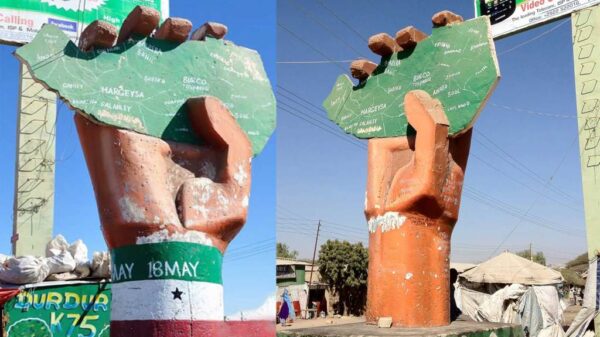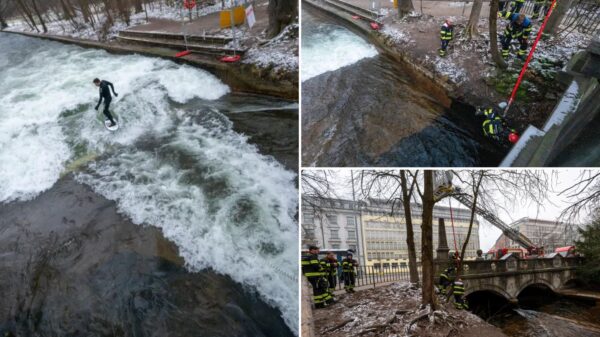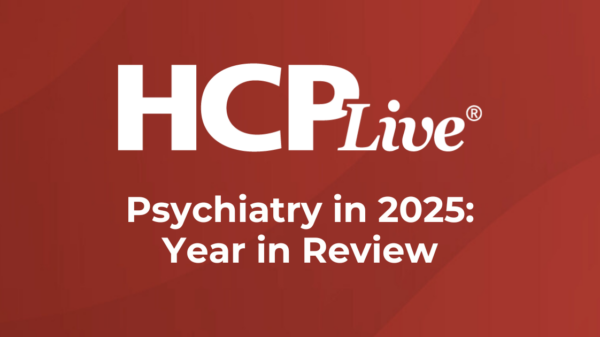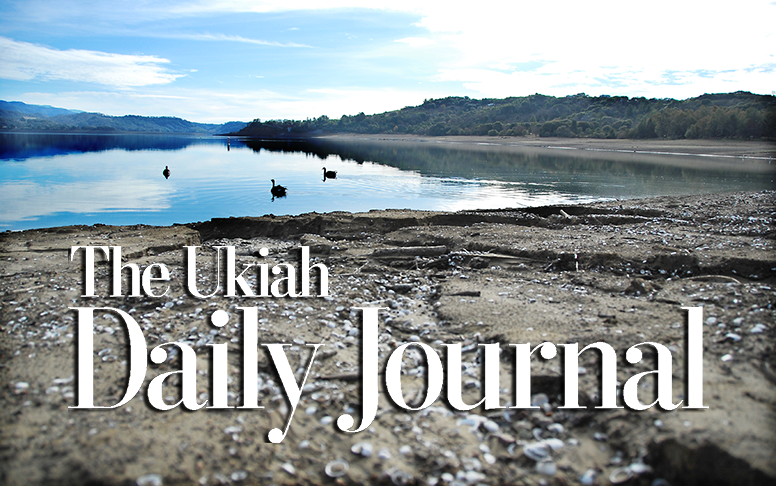The fifth annual “State of Homelessness” report highlights persistent challenges and some progress in addressing homelessness across Northern California. This collaborative effort among nine newspapers aims to shed light on the various facets of homelessness experienced by communities from Santa Cruz to Eureka and Chico to Vallejo.
The project originated from a 2021 conference call among editors, revealing that many communities face similar issues despite local narratives suggesting otherwise. Each year, the series compiles stories to provide a comprehensive view of the homelessness crisis in the northern half of California. Readers have expressed appreciation for the insights gained through these reports, and the journalism team has learned significantly during this ongoing effort.
From 2019 to 2024, California allocated approximately $24 billion to combat homelessness. Despite this substantial investment, the number of unhoused individuals increased by 30,000, bringing the total to over 181,000. This alarming trend has led to public criticism of the state’s handling of the crisis. Governor Gavin Newsom has publicly addressed the situation, criticizing counties for their inadequate response. In May, he suggested cities should require homeless encampments to relocate every three days, while also advocating against prohibiting camping in areas lacking shelter beds.
The legal ramifications of the Martin v. Boise case continue to complicate matters for many municipalities. Cities are grappling with court rulings that restrict their ability to manage encampments effectively. In some instances, individuals have returned to previously cleared sites shortly after eviction, a situation that judges have been reluctant to halt.
Despite these challenges, there are signs of progress in some regions. For instance, Santa Cruz has reported a notable 36% drop in homelessness since 2022, although budget cuts raise concerns about sustaining this trend. Humboldt County has recently celebrated the establishment of a new transitional housing village, while Red Bluff and Solano County have also made strides in reducing homelessness. New shelters have sparked a sense of optimism, despite the ongoing lack of affordable housing.
The situation in Butte County illustrates the complexities of reaching the “service resistant” segment of the homeless population. Many individuals within this group require mental health support, which remains insufficient in California. As the report emphasizes, the need for enhanced mental health resources is crucial to address the root causes of homelessness effectively.
The annual series also includes personal accounts, such as the experiences of residents living near homeless camps in Ukiah. These stories reflect a broader reality shared by communities across the region. While frustration persists regarding the slow pace of change, there are positive developments worthy of recognition. Much of this progress can be attributed to dedicated volunteers and local leaders committed to fostering improvement.
The ongoing challenges of homelessness demand continued attention and action. The hope is that by sharing these stories and insights, communities can foster greater understanding and collaboration in tackling this pressing issue. For more information and to access all project stories, visit www.ukiahdailyjournal.com.








































































